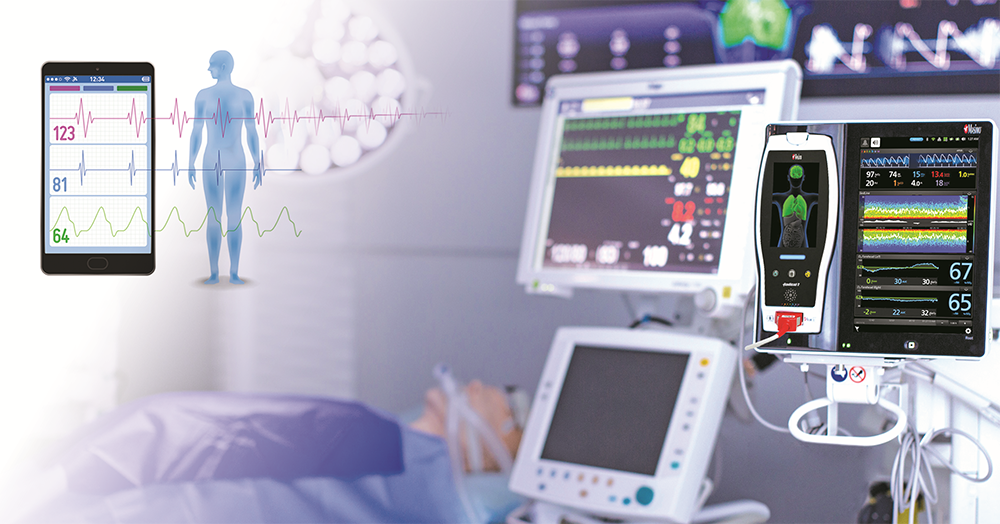Monitoring tools for ensure accountability and quality care of the service providers
Home » Monitoring tools for ensure accountability and quality care of the service providers
Monitoring tools for ensure accountability and quality care of the service providers
Monitoring tools for ensuring accountability and quality care of service providers in healthcare play a crucial role in maintaining high standards of care, patient safety, and overall efficiency. Here are key components and features of such monitoring tools:
Performance Metrics and Key Performance Indicators (KPIs):
Define and track performance metrics and KPIs for service providers. These could include measures related to patient outcomes, adherence to clinical guidelines, patient satisfaction, and efficiency in service delivery.

Clinical Quality Measures (CQMs):
Implement CQMs to assess the quality of clinical care provided by service providers. These measures can include adherence to evidence-based practices, effective management of chronic conditions, and timely delivery of preventive care.
Patient Safety Indicators:
Develop tools that monitor patient safety indicators, such as rates of hospital-acquired infections, medication errors, and adverse events. These indicators provide insights into the safety practices of service providers.
Audit and Compliance Checks:
Conduct regular audits and compliance checks to ensure that service providers adhere to established protocols, standards, and regulatory requirements. This includes adherence to documentation standards and compliance with privacy and security regulations.
Peer Review and Collaborative Assessments:
Facilitate peer reviews and collaborative assessments where colleagues assess each other’s performance. This fosters a culture of continuous improvement and encourages accountability within the healthcare team.
Credentialing and Privileging Monitoring:
Implement a system for monitoring and reviewing the credentials and privileges of service providers. Regularly assess qualifications, training, and licensing to ensure that providers are qualified to deliver specific services.
Patient Feedback and Surveys:
Collect patient feedback and conduct satisfaction surveys to gauge the patient experience. Analyzing patient comments and ratings can provide valuable insights into the quality of care and service providers’ interpersonal skills.
Incident Reporting and Analysis:
Establish a system for reporting and analyzing incidents or adverse events. Encourage a culture of reporting to identify areas for improvement and implement corrective actions to prevent similar incidents in the future.
Continuous Professional Development (CPD) Tracking:
Monitor service providers’ participation in CPD activities and ongoing education. This ensures that healthcare professionals stay current with advancements in their field and continuously enhance their skills.
Utilization Review and Resource Efficiency:
Track resource utilization and conduct reviews to ensure that services are delivered efficiently. Monitor the appropriateness of tests, procedures, and resource allocation to minimize waste and enhance cost-effectiveness.
Clinical Documentation Quality Checks:
Implement tools that assess the quality of clinical documentation, ensuring that medical records are accurate, comprehensive, and in compliance with documentation standards. This is essential for legal and regulatory compliance.
Time and Workflow Monitoring:
Monitor service providers’ time management and workflow efficiency. Identify bottlenecks, assess time spent on various tasks, and optimize workflows to enhance overall efficiency and productivity.
Data Analytics for Trend Analysis:
Utilize data analytics tools to analyze trends and patterns related to service providers’ performance. This can help identify areas for improvement, recognize high-performing individuals or teams, and support evidence-based decision-making.
Regular Performance Reviews:
Conduct regular performance reviews and feedback sessions with service providers. Use these reviews to discuss performance, set goals, and provide constructive feedback for continuous improvement.
Compliance Dashboards:
Develop compliance dashboards that provide a visual representation of key metrics and indicators. These dashboards facilitate quick assessments of service providers’ compliance with standards and protocols.
Leadership Oversight and Accountability:
Establish a system of leadership oversight and accountability. Ensure that leaders within the healthcare organization actively monitor and address issues related to service provider performance.
Implementing a comprehensive monitoring system for service providers requires collaboration between healthcare leadership, quality improvement teams, and frontline staff. Regular communication, feedback loops, and a commitment to a culture of accountability are essential for the success of such monitoring tools.
Ready to Begin?
Start with our FREE Consultation!
Or call +880 1766-709223 or write us at info@qcconcern.org with any other questions.
